The Big Two (Plus Two More)
Deciding on which professional video editing NLE to use in today’s market can be a challenge. This article will walk you through each piece of professional editing software. In this article, we’ll take a brief look at the four professional options:
- AVID
- Premiere Pro
- Final Cut Pro X
- DaVinci Resolve
Typically, there are two main video editing platforms used by professionals in today’s industry. They are AVID and Premiere Pro.
Now, I’m not saying you should pick one and jump in right away. While AVID and Premiere are the most popular NLE’s today, there are other options for people looking to edit their videos.
Final Cut Pro X and DaVinci Resolve are alternative video editing NLE’s. These are often used by individuals working on their own, and are also really great options for brand new editors.
Context is the most important factor when deciding which piece of to software jump into.
Where and how you’ll edit your video will have a big impact on the type of software that will work best for your goals and needs.

AVID
AVID is the oldest and most traditional video editing NLE on the market. It is still widely used in television and feature film editing, as well as some commercial editing.
For project sharing and bin management, AVID is the industry leader. Multiple editors and assistant editors can:
- Work on the same project
- Send bins back and forth
- Keep everything, from locked edits to offline preps, under the same project.
This is why large shows and films still use AVID.
The drawback of using AVID is that it requires the most training to understand. It is technically complicated and takes lots of time to learn how it works under the hood. It’s capabilities for media management, timeline editing and trimming, and project management are
If you live in LA or New York and you’re looking to break into editing feature films or TV shows, learning AVID could be a huge benefit to getting you started and assisting right away.
It is difficult to work with AVID if you’re not working at a larger facility with some technical support. Since it is old and venerable, it can have a lot of bugs that pop up. If you’re on your own, bugs can bog you down. Fixing the issues takes time and experience, which can take away from time spent editing.
AVID offers a free version of AVID Media Composer called Media Composer |First. Sign up for an account and download AVID Media Composer | First to get a feel for how AVID works.
There is also a $20 a month standard version and $50 a month for the finishing, feature filled version. Link below:
https://www.avid.com/media-composer-first
Premiere Pro
Adobe includes Premiere Pro with their creative cloud subscription, which includes Photoshop, Illustrator, After Effects and many more.
Adobe has made huge inroads professionally in the video editing NLE space with Premiere Pro in the last 5 years. Most people in
A lot of commercial editors, smaller post houses, production companies, and smaller, younger teams use Premiere. It’s accessible and not as complicated to learn as AVID. It also doesn’t have as many bugs as AVID.
If you’re looking to get a job in commercial editing and you want
an editing-focused program with access to a lot of additional features, Premiere Pro might be the way to go.
Now, the downside. Using Premiere can be frustrating, especially in a professional context. It’s
Also, until recently, starting out with AVID was almost a rite of passage for editors, and there is a benefit to that. If you go straight to Premiere, there are knowledge gaps that might happen and you can miss out on some of that solid, foundational editing know-how.
Adobe has made it clear that they want to keep people inside their software from beginning to end. While there are a lot of things that Premiere can do, all of the features, options, and various ways to do things can lead to feature bloat. These distractions can really take you away from editing.
The full Adobe creative cloud suite is $50 a month. You can buy the single app Premiere Pro for $20 a month, but you get exponentially more for $50 a month:
https://www.adobe.com/products/premiere.html
Two Other Options

Final Cut Pro X
While Final Cut lost a lot of professional editors after the demise of Final Cut Pro 7, it’s influence on the video editing NLE market has become deeply ingrained in every piece of software mentioned in this article.
Final Cut Pro X has evolved a bit under the radar in the last few years. While some editors swear by it’s speed and it’s ease of cutting, it is a fairly radical re-invention of tradition editing. Tracks don’t exist anymore, timelines evolved into projects….it’s complicated.
If you’re looking for speed and don’t really care much about a career in post production, give Final Cut Pro X a try. Final Cut Pro X has a lot of modern tools that can create really compelling work.
Most professional companies don’t use Final Cut Pro X for video editing. While it is powerful and can create
It’s tough to invest time into something that you can’t really build upon. I loved what Final Cut Pro 7 did for the industry, and Final Cut Pro X has also pushed forward a lot of really strong features for modern workflows. But it’s a tough
Final Cut Pro X is $300, but you can download a trial to see if it’ll work for you below:
https://www.apple.com/final-cut-pro/
DaVinci Resolve
Resolve has taken the post production world by storm in the last few years. Blackmagic bought the color grading software years ago and has built upon it. They’ve added compositing/VFX software, audio mixing software and editing capabilities all within one app.
Most editing companies today aren’t using Resolve as their main editor, but it is becoming more and more popular for smaller shops looking for versatility and ease of workflow.
If you use Resolve as your video editing NLE, you don’t have to leave the software to color and finish your video. Resolve is better at media management and workflow than any other software on the list.
Not only does Resolve shine with workflow and media management, but having a world class color grading app built within a video editor opens up a whole new world for ambitious editors.
For production companies or individual users, learning Resolve can have huge benefits for flexibility in your workflow. You’ll also have access to powerful color grading, finishing and VFX tools right within the same app.
Editing in Resolve isn’t popular yet. The editing tools in Resolve are still not as sophisticated or refined as AVID or Premiere. With Resolve, you don’t need to leave the app for color or finishing, which is a big benefit.
As Resolve develops it’s editing tools, it might become a bigger contender in the video editing space.
Check out our FREE guide to getting started with video editing in Resolve below: https://www.thepostprocess.com/free-guides/
They offer a free version which makes it hard to resist at least learning a little bit about it. The full version is $300, which is an incredible price:
https://www.blackmagicdesign.com/products/davinciresolve/
Overview

Really what matters most is the context in which you’re editing your videos.
- On a reality show, you’ll probably use AVID across the board within many editors and assistants
- If you’re two guys in a basement trying to build your brand you might gravitate towards Premiere Pro
- A business looking to cut and finish their own videos might give Resolve a try
- For skateboarding videos maybe Final Cut Pro X can offer speed and flexibility
Picking a video editing NLE is an important
In the end, the software is the tool and learning how to use that tool really well can make all the difference.
Let me know in the comments which software you prefer to use and why.

[…] Check out this article for picking an NLE: https://www.thepostprocess.com/2019/02/04/how-to-choose-your-video-editing-software/ […]